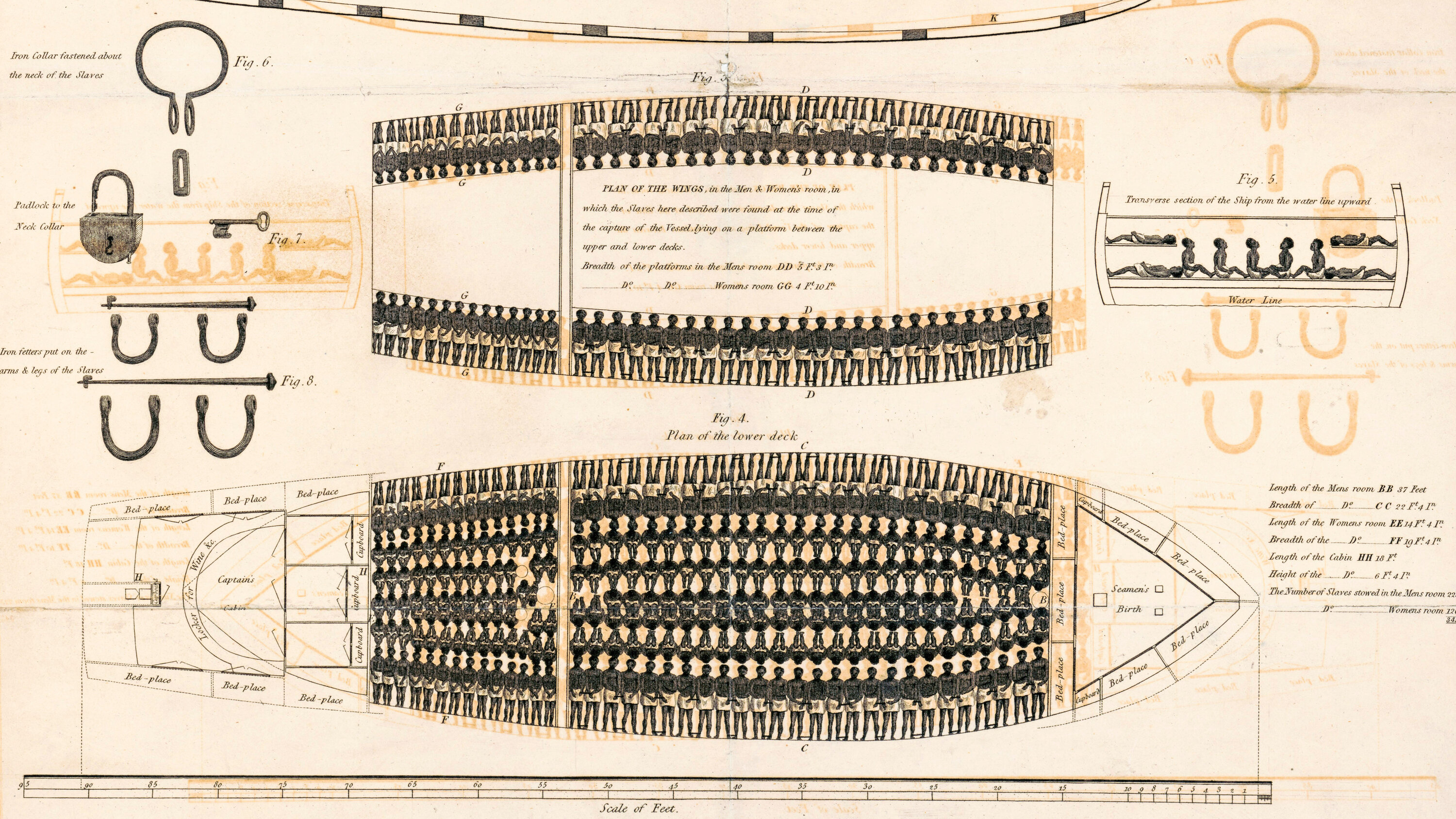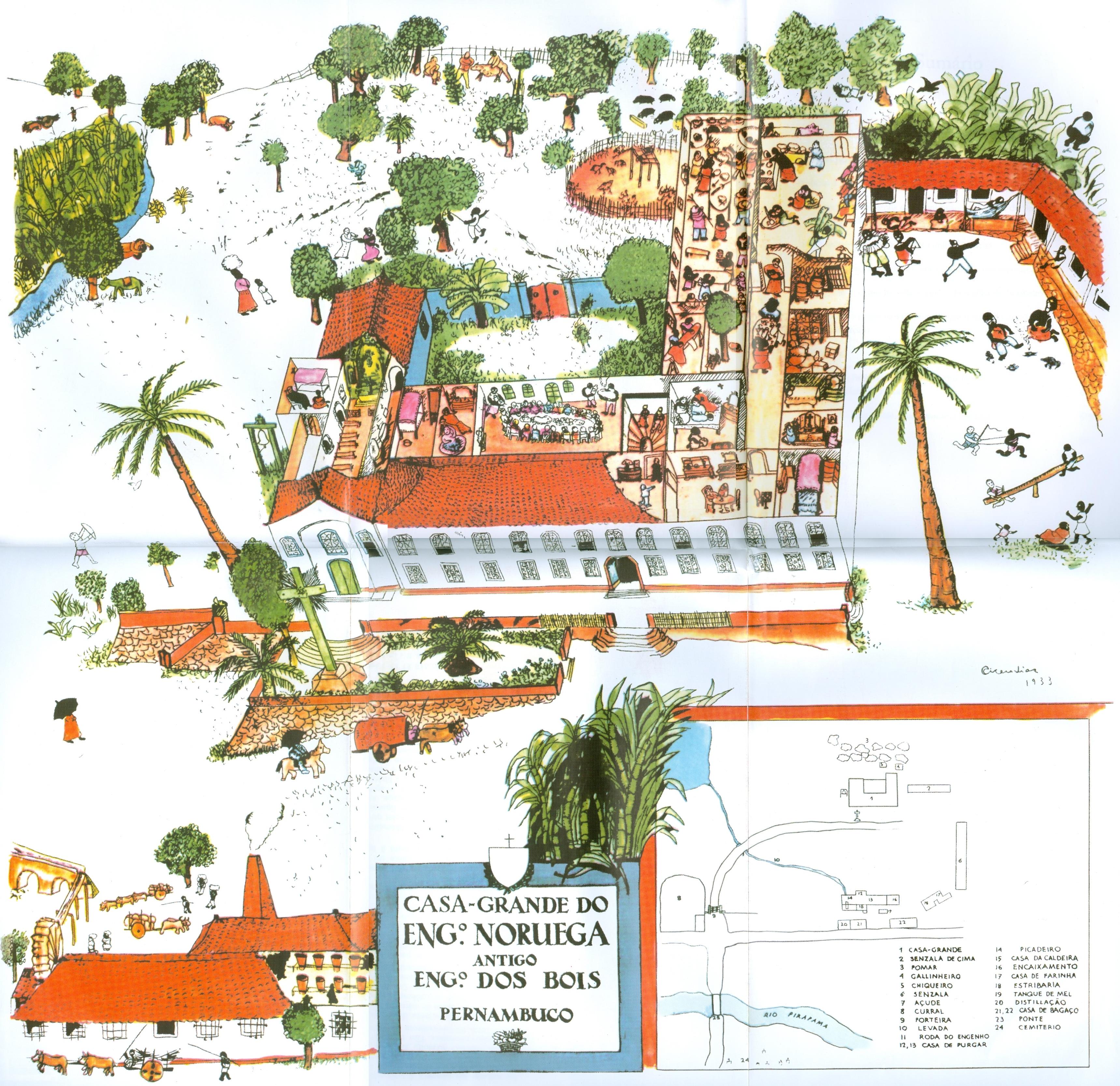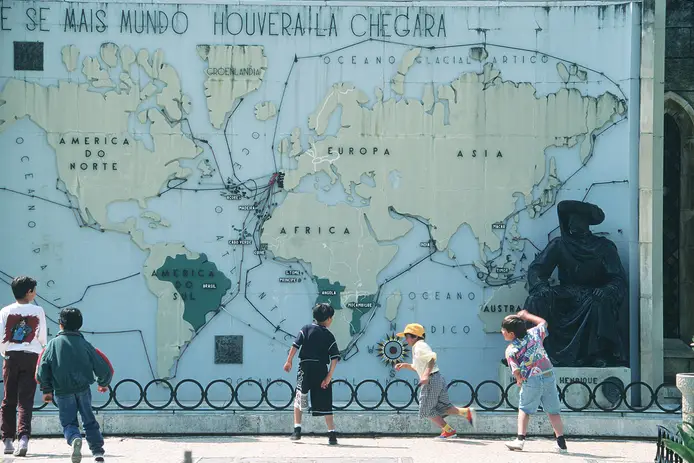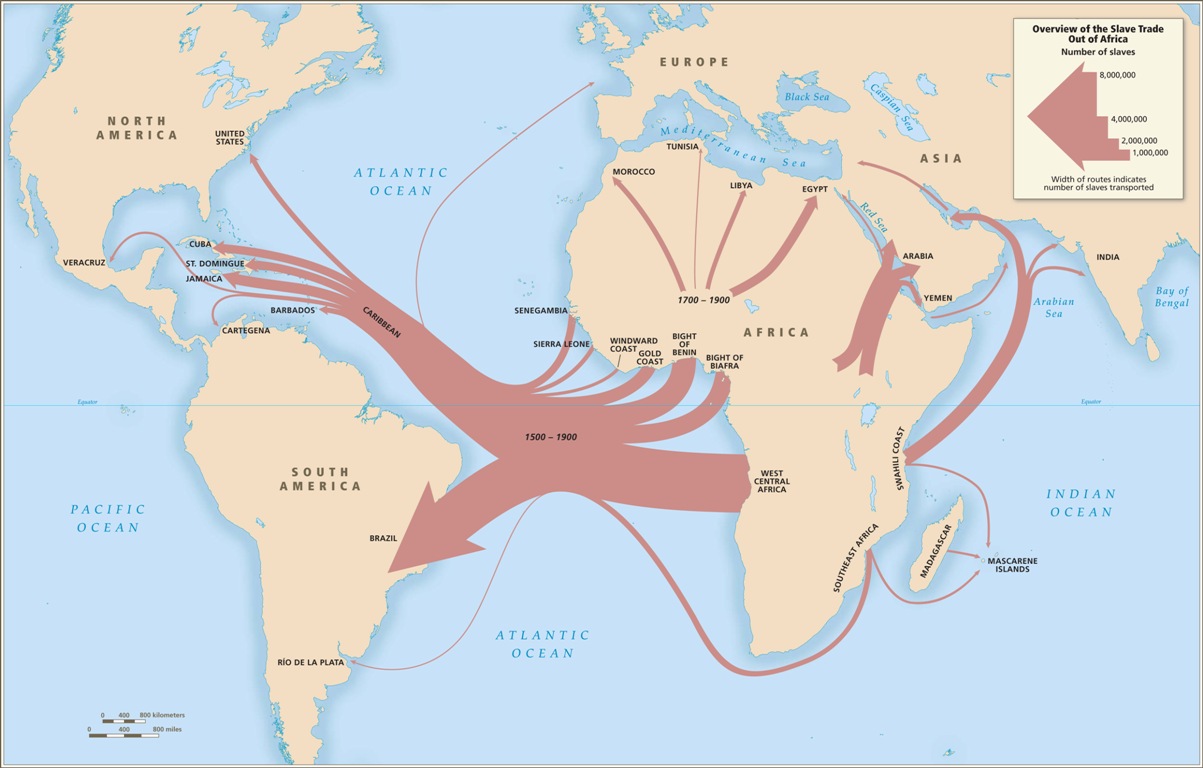Imagem
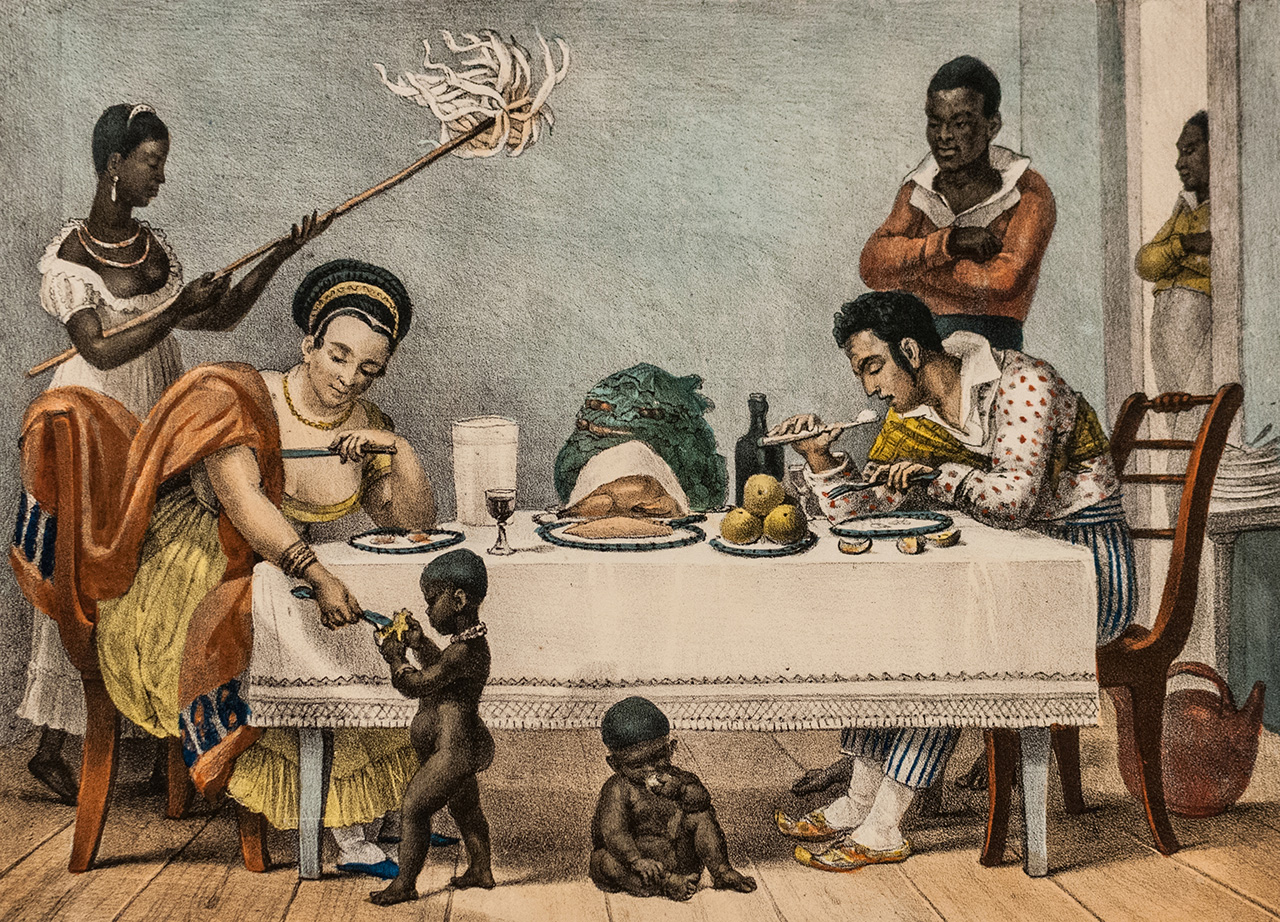
Reflexão
A Brazilian family in Rio de Janeiro
An engraving published in the book ‘Picturesque Journeys and the History of Brazil’ by Jean-Baptiste Debret, which depicts, according to the author, ‘the Brazilian family’.
Debret wasn't the only European who set off on these ‘picturesque’ journeys to America to portray and transmit back to Europe the state of the colonies and the colonial societies that were being forcibly formed in these territories, but he was one of the artists most recognised for his work during this period.
In this image we can see a white slave-owning family and the black people who worked for them, in this case in a domestic context. We can see a woman, a man and also children, all subjected to slavery and forced labour.
The idea of ‘family’ that is raised here will have repercussions on the narrative built around the relationship between Casa Grande (the house of the slaveholders) and Senzala (the place where the enslaved were imprisoned and worked, within the family property) and will be reinforced, more than a century later, by Gilberto Freyre and his concept of ‘luso-tropicalism’. This and other prints by this and other European artists helped construct the European view and visuality of slavery and the history of colonisation through the romanticisation and exoticisation of reality.
Even today, it is possible to establish a relationship between raciality and work, a direct consequence of colonisation. Black people, and especially black women, continue to occupy some of the most undervalued jobs in society, such as cleaning, for example. The idea of ‘family’ in relation to labour continues to be a tool used by bosses to justify abuse and poor pay, placing the boss, or in this case, the slaveholder, in a place of benevolence and charity, despite committing the greatest atrocities.
What would these images have looked like if they had been taken through the eyes of the enslaved?
